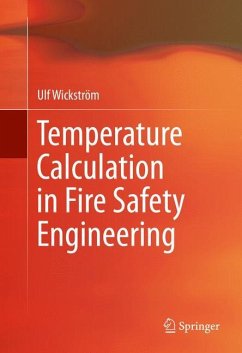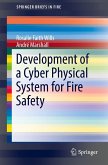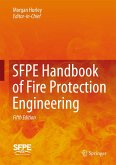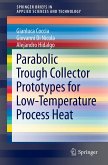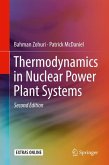This book provides a consistent scientific background to engineering calculation methods applicable to analyses of materials reaction-to-fire, as well as fire resistance of structures. Several new and unique formulas and diagrams which facilitate calculations are presented. It focuses on problems involving high temperature conditions and, in particular, defines boundary conditions in a suitable way for calculations. A large portion of the book is devoted to boundary conditions and measurements of thermal exposure by radiation and convection. The concepts and theories of adiabatic surface temperature and measurements of temperature with plate thermometers are thoroughly explained.Also presented is a renewed method for modeling compartment fires, with the resulting simple and accurate prediction tools for both pre- and post-flashover fires. The final chapters deal with temperature calculations in steel, concrete and timber structures exposed to standard time-temperature fire curves. Useful temperature calculation tools are included, and several examples demonstrate how the finite element code TASEF can be used to calculate temperature in various configurations. Temperature Calculation in Fire Safety Engineering is intended for researchers, students, teachers, and consultants in fire safety engineering. It is also suitable for others interested in analyzing and understanding fire, fire dynamics, and temperature development. Review questions and exercises are provided for instructor use.
"The book is quite effective in content, style, and format, which is suitable for institutions that offer programs in fire engineering. ... The strength of the book lies in the flow of concepts and the culmination with review questions for each chapter, which provide quintessential pointers to key concepts and mastery of the material. Summing Up: Recommended. Upper-division undergraduates and above; faculty and professionals." (R. N. Laoulache, Choice, Vol. 54 (6), February, 2017)

